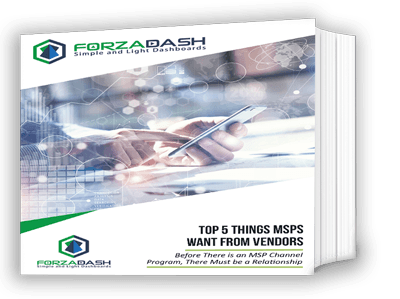
The ideal length of an MSP blog post for optimum SEO and visibility can vary depending on several factors, including the topic, competition, and user intent. However, you can follow some general guidelines to ensure your blog posts have a better chance of performing well in search engine rankings and gaining visibility.
1. Focus on Quality Content: While word count is essential, the primary focus should be creating high-quality, valuable, and relevant content. Google’s algorithms prioritize content that satisfies user intent and provides comprehensive information on the topic. So, aim to create blog posts that thoroughly cover the subject and address the questions and needs of your target audience.
2. Long-Form Content: In many cases, longer blog posts tend to perform better in search engine rankings. Studies have shown that long-form content (1500 words or more) often ranks higher on search engine result pages (SERPs). Longer posts allow you to delve deeper into the topic, incorporate more relevant keywords, and provide comprehensive insights, which can positively impact SEO and user engagement.
3. Keyword Research and Optimization: Conduct thorough keyword research before writing a blog post to identify relevant keywords and phrases related to the topic. Incorporate these keywords naturally throughout the content, including in the post’s title, headings, subheadings, and body. However, avoid keyword stuffing, as it can negatively affect your SEO.
4. User Engagement Metrics: Search engines consider user engagement metrics like time on page, bounce rate, and click-through rate when determining the value of your content. Longer blog posts with valuable information are more likely to keep readers engaged and on your page for longer, positively influencing these metrics.
5. Comprehensive Coverage: Longer blog posts often allow you to cover a topic in more detail, providing a comprehensive resource for readers. In-depth content is more likely to be shared, linked to, and referred to by other websites, which can improve your MSP blog’s authority and visibility.
6. Mobile-Friendly: With the increasing use of mobile devices, it’s essential to ensure your blog posts are mobile-friendly. Longer content can still perform well if it’s easy to read and navigate on smaller screens.
7. Reader’s Preferences: Consider your target audience’s preferences and habits. Some topics may be better suited for shorter, concise posts, while others require more extensive explanations and examples.
In summary, no one-size-fits-all answer to the ideal length for a blog post exists. While longer, in-depth content often performs well in terms of SEO and visibility. The most crucial factor is to focus on creating valuable and relevant content that meets the needs of your target audience. Pay attention to user engagement metrics, conduct thorough keyword research, and aim to be the authoritative source on your topic. Doing so makes your blog posts more likely to rank higher in search results and gain better visibility.




